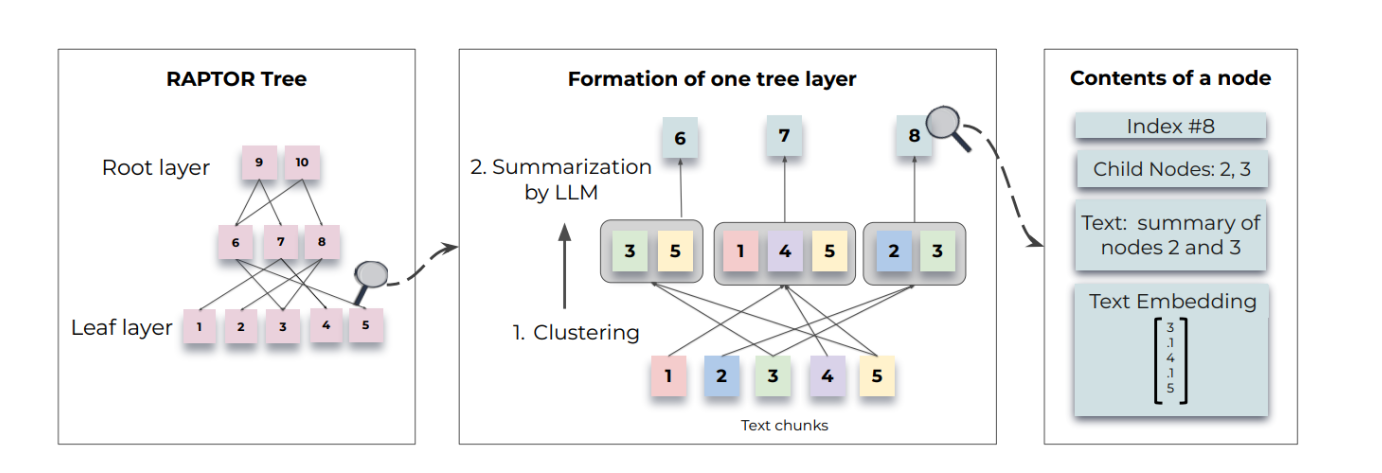边缘检测系列5:【CED】添加了反向细化路径的 HED 模型
Deep Crisp Boundaries: From Boundaries to Higher-level Tasks
·
引入
-
边缘检测系列第 5 弹,本次继续介绍经典的边缘检测模型
-
Crisp Edge Detection(CED)模型是前面介绍过的 HED 模型的另一种改进模型
-
CED 模型利用自上而下的反向细化路径,并逐渐增加特征图的分辨率以生成清晰的边缘
-
因为官方没有提供预训练模型,所有本次仅简单介绍一下模型的结构和代码实现
参考资料
-
论文:
-
参考代码:Wangyupei/CED
-
引用:
@article{2019, title={Deep Crisp Boundaries: From Boundaries to Higher-Level Tasks}, volume={28}, ISSN={1941-0042}, url={http://dx.doi.org/10.1109/TIP.2018.2874279}, DOI={10.1109/tip.2018.2874279}, number={3}, journal={IEEE Transactions on Image Processing}, publisher={Institute of Electrical and Electronics Engineers (IEEE)}, author={Wang, Yupei and Zhao, Xin and Li, Yin and Huang, Kaiqi}, year={2019}, month={Mar}, pages={1285–1298} }
效果参考
-
论文效果图:

模型架构
-
CED 模型总体基于 HED 模型改造而来,其中做了如下几个改进:
-
将模型中的上采样操作从转置卷积插值更换为 PixelShuffle
-
添加了反向细化路径,即一个反向的从高层级特征逐步往低层级特征的边缘细化路径
-
没有多层级输出,最终的输出为融合了各层级的特征的边缘检测结果
-
-
架构图如下

PixelShuffle
-
正常情况下,卷积操作会使特征图的高和宽缩小。但当我们的步长即 stride = 1/r < 1 时,可以让卷积后的特征图的高和宽扩大——即分辨率增大或者叫上采样,这个新的操作叫做 PixelShuffle
-
更多算法细节可以参考论文:Real-Time Single Image and Video Super-Resolution Using an Efficient Sub-Pixel Convolutional Neural Network
-
原理图如下:

代码实现
骨干网络
- 依旧是 VGG16 这个非常经典的骨干网络
import paddle
import paddle.nn as nn
from paddle.utils.download import get_weights_path_from_url
from typing import List
__all__ = []
model_urls = {
'vgg16': ('https://paddle-hapi.bj.bcebos.com/models/vgg16.pdparams',
'89bbffc0f87d260be9b8cdc169c991c4')
}
class VGG(nn.Layer):
"""VGG model from
`"Very Deep Convolutional Networks For Large-Scale Image Recognition" <https://arxiv.org/pdf/1409.1556.pdf>`_
Args:
features (nn.Layer): Vgg features create by function make_layers.
num_classes (int): Output dim of last fc layer. If num_classes <=0, last fc layer
will not be defined. Default: 1000.
with_pool (bool): Use pool before the last three fc layer or not. Default: True.
Examples:
.. code-block:: python
from paddle.vision.models import VGG
from paddle.vision.models.vgg import make_layers
vgg11_cfg = [64, 'M', 128, 'M', 256, 256, 'M', 512, 512, 'M', 512, 512, 'M']
features = make_layers(vgg11_cfg)
vgg11 = VGG(features)
"""
def __init__(self, features):
super(VGG, self).__init__()
self.features = features
self.feat_channels = [layer._out_channels
for layer in features
if isinstance(layer, nn.Conv2D)]
def forward(self, x):
outputs = []
for layer in self.features:
x = layer(x)
if isinstance(layer, nn.ReLU):
outputs.append(x)
return outputs
def make_layers(cfg, batch_norm=False):
layers = []
in_channels = 3
for v in cfg:
if v == 'M':
layers += [nn.MaxPool2D(kernel_size=2, stride=2)]
else:
conv2d = nn.Conv2D(in_channels, v, kernel_size=3, padding=1)
if batch_norm:
layers += [conv2d, nn.BatchNorm2D(v), nn.ReLU()]
else:
layers += [conv2d, nn.ReLU()]
in_channels = v
return nn.Sequential(*layers)
cfgs = {
'D': [ # return_idx
64, 64, # 0, 1
'M', 128, 128, # 2, 3
'M', 256, 256, 256, # 4, 5, 6
'M', 512, 512, 512, # 7, 8, 9
'M', 512, 512, 512 # 10, 11, 12
]
}
def _vgg(arch, cfg, batch_norm, pretrained, **kwargs):
model = VGG(make_layers(cfgs[cfg], batch_norm=batch_norm), **kwargs)
if pretrained:
assert arch in model_urls, "{} model do not have a pretrained model now, you should set pretrained=False".format(
arch)
weight_path = get_weights_path_from_url(model_urls[arch][0],
model_urls[arch][1])
param = paddle.load(weight_path)
model.load_dict(param)
return model
def vgg16(pretrained=False, batch_norm=False, **kwargs):
"""VGG 16-layer model
Args:
pretrained (bool): If True, returns a model pre-trained on ImageNet. Default: False.
batch_norm (bool): If True, returns a model with batch_norm layer. Default: False.
Examples:
.. code-block:: python
from paddle.vision.models import vgg16
# build model
model = vgg16()
# build vgg16 model with batch_norm
model = vgg16(batch_norm=True)
"""
model_name = 'vgg16'
if batch_norm:
model_name += ('_bn')
return _vgg(model_name, 'D', batch_norm, pretrained, **kwargs)
CED 模块
- 一个简单的多层卷积网络,其中加入了一个 PixelShuffle 进行上采样操作
class CEDBlock(nn.Layer):
def __init__(self,
in_channels_up: int,
in_channels_down: int,
out_channels_sub: int,
out_channels: int) -> None:
super().__init__()
self.conv_up = nn.Conv2D(
in_channels=in_channels_up,
out_channels=out_channels,
kernel_size=3,
stride=1,
padding=1)
self.conv_down = nn.Conv2D(
in_channels=in_channels_down,
out_channels=out_channels,
kernel_size=3,
stride=1,
padding=1)
self.conv_sub = nn.Conv2D(
in_channels=out_channels,
out_channels=out_channels_sub,
kernel_size=3,
stride=1,
padding=1)
self.relu = nn.ReLU()
self.upsample = nn.PixelShuffle(upscale_factor=2)
def forward(self, up: paddle.Tensor, down: paddle.Tensor) -> paddle.Tensor:
up = self.conv_up(up)
up = self.relu(up)
down = self.conv_down(down)
down = self.relu(down)
sub = self.conv_sub(down)
sub_up = self.upsample(sub)
return paddle.concat([up, sub_up], axis=1)
CED 模型主体
- 堆叠五个层级的 CED Block,从高层级特征至低层级特征反向逐层细化边缘特征
- 最后使用一个卷积层作为模型的输出层计算最终的边缘结果
class CEDHead(nn.Layer):
def __init__(self,
fea_channels: List[int] = [64, 128, 256, 512, 512],
num_classes: int = 1) -> None:
super().__init__()
self.head_blocks = nn.LayerList()
for down_channels, up_channels in zip(fea_channels[:0:-1], fea_channels[-2::-1]):
block = CEDBlock(
in_channels_up=up_channels,
in_channels_down=down_channels,
out_channels_sub=up_channels*2,
out_channels=up_channels//2)
self.head_blocks.append(block)
self.head_output = nn.Conv2D(
in_channels=fea_channels[0],
out_channels=num_classes,
kernel_size=3,
stride=1,
padding=1)
def forward(self, fea_inputs: List[paddle.Tensor]) -> List[paddle.Tensor]:
fea_inputs = fea_inputs[::-1]
down_feature = fea_inputs[0]
for i, block_layer in enumerate(self.head_blocks):
down_feature = block_layer(fea_inputs[i+1], down_feature)
return [self.head_output(down_feature)]
CED
class CED(nn.Layer):
def __init__(self,
backbone: nn.Layer = vgg16(),
backbone_indices: List[int] = [1, 3, 6, 9, 12],
num_classes: int = 1) -> None:
super().__init__()
self.backbone = backbone
self.backbone_indices = backbone_indices
backbone_channels = [backbone.feat_channels[i]
for i in backbone_indices]
self.head = CEDHead(fea_channels=backbone_channels,
num_classes=num_classes)
def forward(self, inputs: paddle.Tensor) -> List[paddle.Tensor]:
feat_list = self.backbone(inputs)
feat_list = [feat_list[i] for i in self.backbone_indices]
outputs = self.head(feat_list)
return outputs
模型测试
model = CED()
out = model(paddle.randn((1, 3, 224, 224)))
)
(out[0]).shape
[1, 1, 224, 224]
总结
-
介绍了一下 CED 模型的主要改进,实现了 CED 模型的代码
-
不过由于官方没有提供预训练模型,训练的代码也暂时没有迁移完成(咕咕咕),所有目前只有模型的代码实现
更多推荐
 已为社区贡献1436条内容
已为社区贡献1436条内容










所有评论(0)